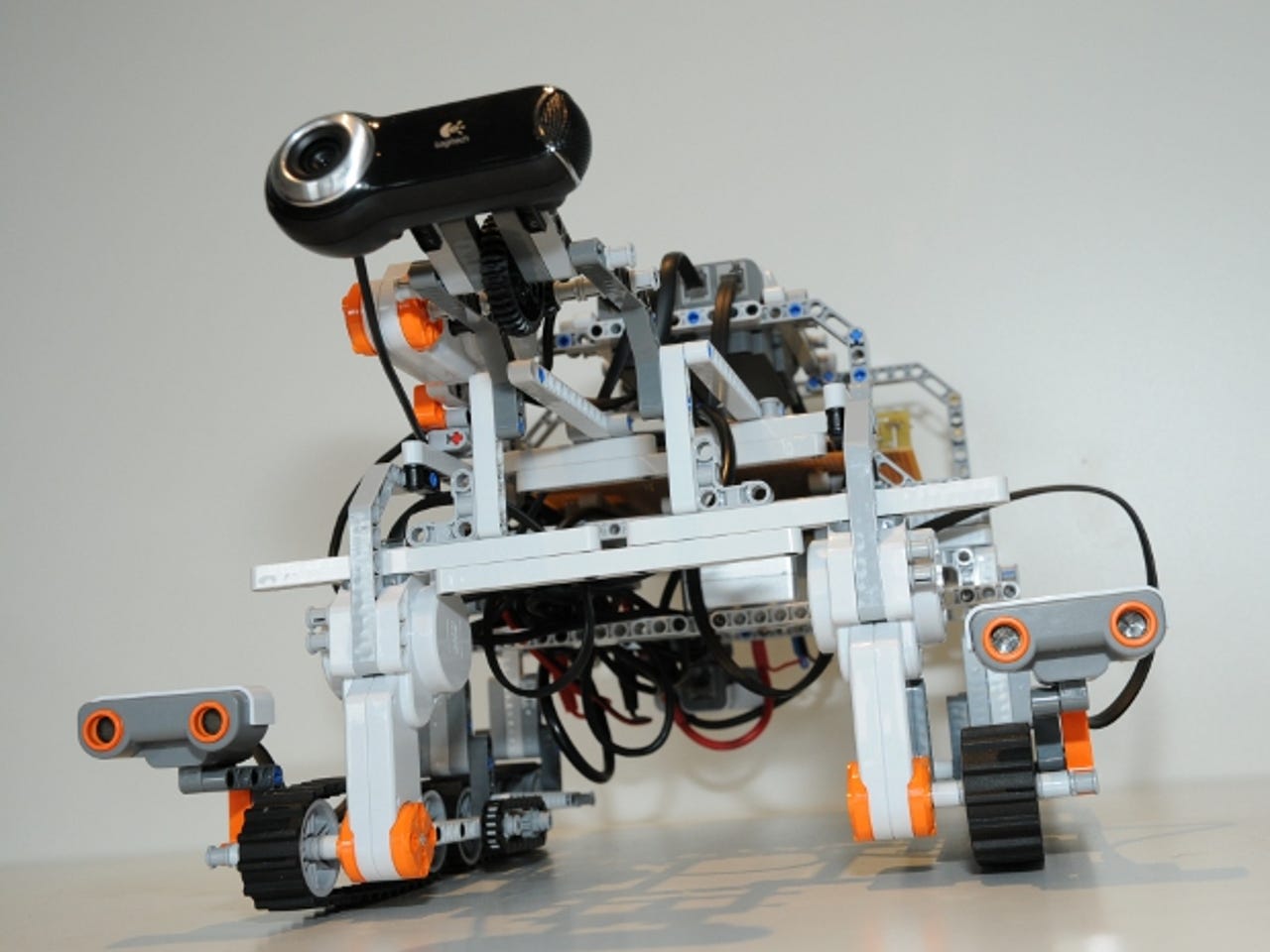NASA and ESA test interplanetary internet protocol using Lego robot

NASA and the European Space Agency say they have successfully tested an interplanetary communications protocol, with astronauts on the International Space Station using it to control a Lego robot in Germany.

The protocol is called Disruption Tolerant Networking (DTN), and one of its creators is Vint Cerf, who helped come up with the original Internet Protocol suite. NASA and the ESA said on Thursday that DTN may one day allow "internet-like communications" with spaceships and help support infrastructure on other planets.
"The demonstration showed the feasibility of using a new communications infrastructure to send commands to a surface robot from an orbiting spacecraft and receive images and data back from the robot," NASA space communications chief Badri Younes said in a statement on Thursday.
The experiment, led by the ESA, took place in late October, with US astronaut Sunita Williams remotely driving a small Lego robot at the European Space Operations Centre in Darmstadt using a laptop that had been designed by NASA. A command sent from the laptop started a script to control the Mocup rover, which is a prototype designed for use in the ESA's future missions.
Younes explained that, once it gets past the experimental stage, DTN could be useful for controlling robots on the Martian surface, from either manned orbiting spacecraft "or from Earth using orbiting satellites as relay stations".
The DTN suite will be, researchers hope, analogous to the Internet Protocol suite in terms of functionality — its version of the Internet Protocol (IP) itself is known as the Bundle Protocol (BP).
The key difference is that IP is based on the premise of a continuous connection. Disruption Tolerant Networking, as its name suggests, allows for more disconnections and errors by adopting a 'hope-by-hop' approach, where bundles of data are cached at each node until the next link in the chain frees up.